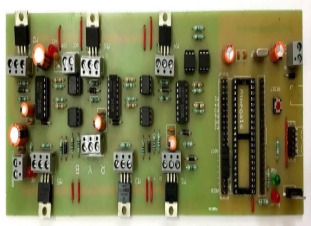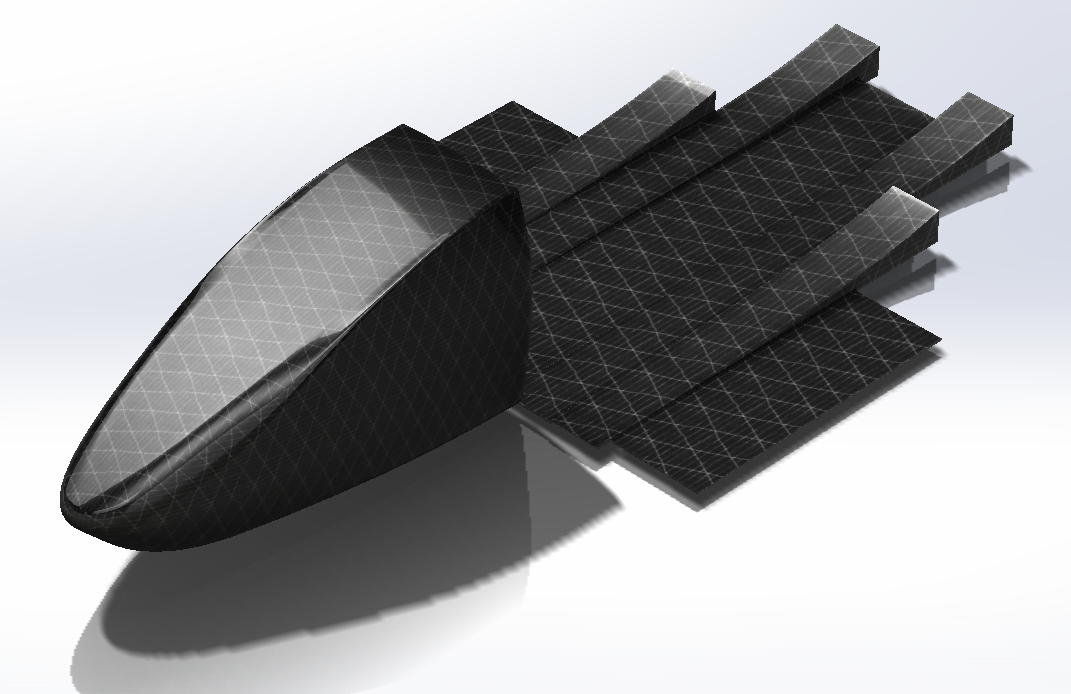Have you ever thought of how the wheels in a racing car run at a jaw-dropping speed of 150 km/hr. So this depends upon the electric powertrain and therefore, comes the importance of Motor and Motor controller.
In very simple words, a motor is an electrical machine which produces rotational force (i.e converts the electrical energy to mechanical energy). Motors are broadly classified into two categories: AC and DC motors. AC motors can be either Synchronous or Induction type and DC Motors are either brushed or brushless/BLDC. Have you ever pondered over why BLDC Motors are used in Fans?. The reason is that BLDC motors have the easiest and most efficient control. Therefore, Every motor has a different efficiency, control technique and has its own unique characteristic and thus, the right selection of motor in an electric vehicle plays a very important role.
Motor works on Faraday’s Law of Electromagnetic Induction, i.e when current flows through the stator coils (stationary part of the motor), either a north pole or south pole is generated and it is this interaction of poles between rotor and stator that leads to the production of rotational energy. Now the interaction of poles is controlled using a motor-driver or motor controller. Motor controller has an H bridge circuit inside, which comprises of transistors or mosfets. Thus, the correct sequence of switching operation of mosfets controls the flow of current in stator coils of the motor. Additional control techniques like speed or torque control can be incorporated to achieve higher speed of rotation.
We, here at IIT Roorkee Motorsports, have been working on the design and fabrication of our own motor and motor-controller, which can be easily implemented in an e-rickshaw and in future, we will be shifting to higher voltage and power levels.

 Welcome to IIT Roorkee Motorsports!
Welcome to IIT Roorkee Motorsports!